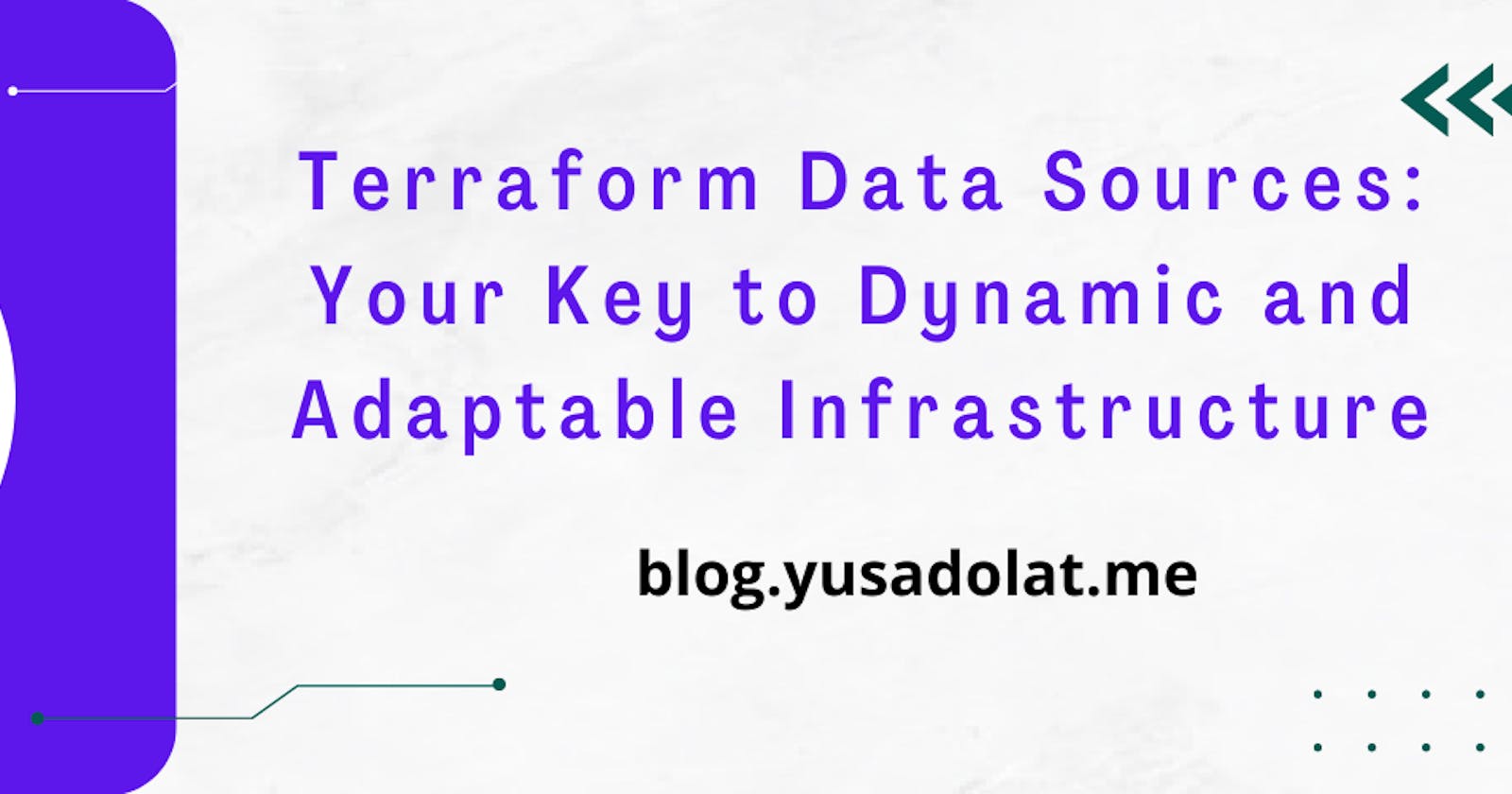Terraform is a popular infrastructure-as-code (IaC) tool that allows users to define and manage their infrastructure using code. Terraform uses a declarative language called HCL to define infrastructure resources, and it supports a wide variety of cloud providers and other infrastructure services.
One key aspect of using Terraform effectively is understanding the various available data sources. In this article, we'll explore what data sources are, how they work, and how you can use them in your Terraform code to create a more dynamic and flexible infrastructure.
What are Data Sources in Terraform?
Data sources in Terraform allow you to make use of external resources that are not part of your configuration. Information about a resource, such as its ID or IP address, can be retrieved from a data source and then used in your Terraform script.
Data sources are useful in a variety of scenarios. For example, you may want to create a security group in AWS that allows traffic from a specific IP address range. To do this, you need to know the public IP address of the machine that will be accessing the security group. You can use a data source to retrieve the current public IP address and then use that value in your security group configuration.
How do Data Sources Work in Terraform?
Data sources are defined in your Terraform code using a special block type called "data". The "data" block allows you to specify the type of data source you want to use, as well as any necessary parameters or filters.
Here's an example of a data source block that retrieves information about an AWS EC2 instance:
data "aws_instance" "example-server" {
instance_id = "i-0123456789abcdef0"
}
In this example, the data source block has a type of "aws_instance" and a name of "example-server". The "instance_id" parameter specifies the ID of the EC2 instance that we want to retrieve information about.
Once you've defined a data source, you can reference it in your Terraform code using the syntax "data.<TYPE>.<NAME>.<ATTRIBUTE>". For example, to reference the public IP address of the EC2 instance in our previous example, we could use the following syntax:
resource "aws_security_group_rule" "example" {
type = "ingress"
from_port = 80
to_port = 80
protocol = "tcp"
cidr_blocks = [data.aws_instance.example-server.public_ip]
}
In this example, we're creating an AWS security group rule that allows traffic on port 80 from the public IP address of the EC2 instance we retrieved using the data source.
Conclusion:
Data sources are a powerful feature of Terraform that allow you to retrieve information about existing resources and use that information in your configuration. With data sources, you can create a more dynamic and flexible infrastructure that can adapt to changes in your environment. By understanding how data sources work and how to use them effectively, you can take full advantage of Terraform's capabilities and create an infrastructure that is easier to manage and maintain over time.

